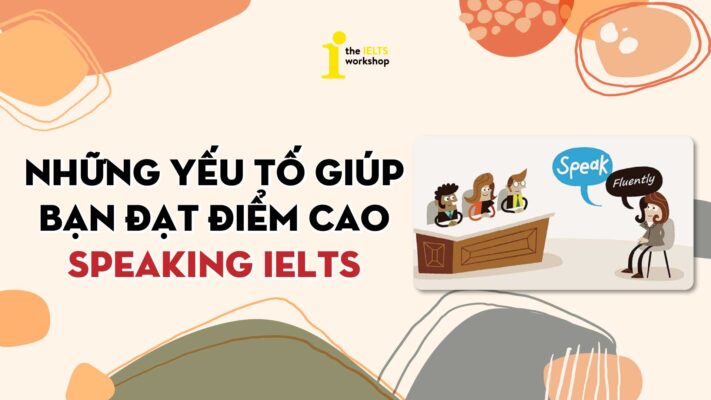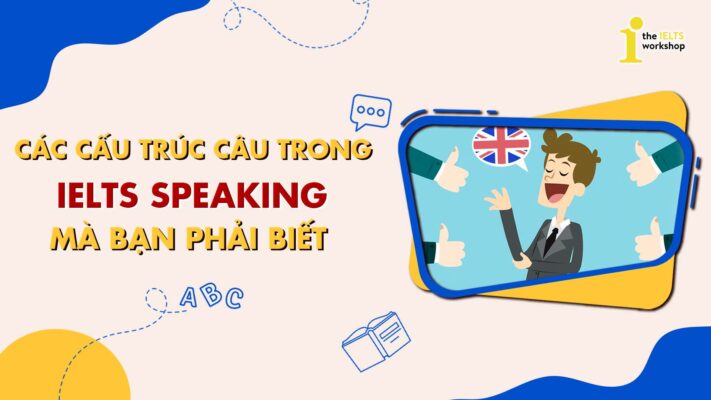Trong chuyên mục giải đề dưới đây, cô Ngô Phương Anh của The IELTS Workshop HN sẽ hướng dẫn bạn trả lời topic “Describe an occasion when you received incorrect information“ trong IELTS Speaking Part 2. Cùng tham khảo sample, từ vựng và một vài cách diễn đạt ghi điểm trong phần thi IELTS Speaking nhé.
Part 2: Describe an occasion when you received incorrect information
Describe an occasion when you received incorrect information
You should say:
What was the incorrect information?
When did it happen?
How you found out the information was incorrect?
And explain how you felt about it?
Dưới đây là bài mẫu cho topic “Describe an occasion when you received incorrect information “.
1. Bài mẫu (Sample)

2. Từ vựng (Vocabuary)
- worm past other cinemagoers into our seats: luồn lách qua những người khác để vào chỗ ngồi
- it is not my day: 1 cách nói “đó là 1 ngày xui xẻo với tôi”
- Oversight: sơ suất
- lift my mood: khiến tâm trạng tôi tốt hơn
Part 3
1. What kind of professions are related to giving information to others?
2. What is the difference between giving information by phone and email?
3. How can people check whether a piece of information is correct or not?
4. Do people trust the information online?
I think the ability to communicate information effectively is an essential part of every job. Even seemingly solitary professions such as a factory worker would need to report to his or her higher-up about the day’s progress. However, I do think jobs differ in terms of frequency and the nature of the information to be conveyed. In that respect, a salesperson in a small company dealing with micro-communication tasks such as reporting sales or revenues figures could not compare to a government official who makes daily speeches about important matters addressing the public.
- Micro-communication: giao tiếp trong phạm vi nhỏ, ít người
2. What is the difference between giving information by phone and email?
I think it can be boiled down to either talking or writing to other people, you know, oral and verbal communication. With the former, conversations are often more seamless because you can see the other person’s face and body language. Then it is easier to pick up cues about their lack of interest in the topic, or confusion even, for instance when they knit their eyebrows or scratch their heads, those are tell-tale clues. But for lengthier and more important pieces of information, written communication is always more ideal. It is because you have time to plan and organize your content, taking into consideration your audience to tailor your wordings as well as employ certain email etiquettes should it require formality. I guess the main difference between these two channels is that using phones indicates instantaneous speech production with an actual person whereas emailing involves planning content for an imagined audience.
- it can be boiled down to: nó có thể được quy về
- pick up cues: nhận biết được các dấu hiệu
- knit their eyebrows: nhíu mày
- instantaneous: ngay lập tức, tại chỗ
3. How can people check whether a piece of information is correct or not?
In an age when digital means reign supreme, we can rely on the Internet as both a source of information and a fact-checking tool. What I mean is, it is always helpful to start your look-up process on a credible website, which is usually the ones with highest traffic on a search engine, and then expand your scope to multiple websites. It might be beneficial to consider different perspectives to avoid bias, for example, basing a purchase decision on one single product review online is not ideal since these reviewers might be sponsored to promote. Therefore, consulting around 3 or 4 other platforms, combined with anecdotal evidence from friends or family who actually have used the product should make sure that you are more well-informed.
- fact-checking tool: công cụ kiểm chứng thông tin
- traffic(n): lưu lượng truy cập
- bias (n): sự thiên vị
- anecdotal evidence: bằng chứng qua thử nghiệm
4. Do people trust the information online?
They don’t, but it doesn’t necessarily mean they won’t act on such information. There is indeed an awareness of an underlying agenda behind online content, for example, a blogpost about the importance of healthy eating, on the surface of it, seems to educate readers about nutrition and wellness, but these days readers are judicious enough to know that the authors are trying to sell a meal plan or diet pills. We often tell ourselves to err on the side of caution at any sensational headline on the Internet, but we always end up being the vessel of these clickbaits through the simple act of pressing the “share” button on Facebook. When there are more victims of these misleading articles, distrust is aggravated.
- act on st: hành động dựa trên thông tin
- underlying agenda: mục đích ngầm
- judicious (adj): khôn ngoan
- err on the side of caution: cẩn trọng
- clickbait (n): đường link có tính chất gây tranh cãi để thu hút người dùng
- misleading: gây nhầm lẫn
Bài mẫu bởi cô Ngô Phương Anh – Giáo viên The IELTS Workshop HN
Các bạn có thể tham khảo các bài mẫu IELTS Speaking của The IELTS Workshop cũng như tham gia bài test trình độ tiếng Anh và nhận tư vấn lộ trình miễn phí tại đây!
Để có thể học và nắm được phương pháp xây dựng câu trả lời cho phần thi IELTS Speaking Part 3, tham khảo ngay Khóa bổ trợ từng kỹ năng IELTS chuyên sâu của The IELTS Workshop.









